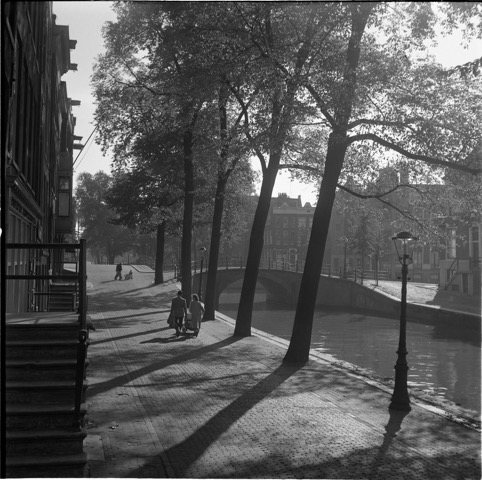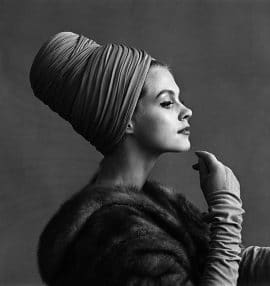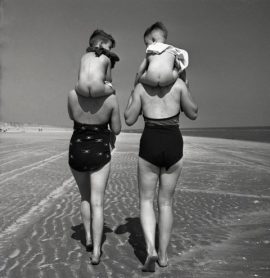Artist: Kees Scherer (1920-1993)
Amsterdam, Reguliersgracht met brug over Prinsengracht (1955)
Fine art pigment print from a scan made from the original negative, size 41x40cm.
Kees Scherer (1920-1993) is part of the first post-war group of documentary photographers, including colleagues such as Cas Oorthuys, Sem Presser and Carel Blazer. The city and people were his subject. He used the light like no other. Ironing, backlighting, and drop shadows brought lyricism and drama in his black-and-white photography.
The first principles of photography are taught by Kees Scherer of the ten-year-old professional photographer Nico Zomer, who had a studio for commercial and advertising photography in Amsterdam before the war.
After the war, Scherer first practiced the same kind of photography from a space on the Kloveniersburgwal together with a colleague. In 1950 he moved to the same address with his own photo press agency. He is already a member of the Dutch Association of Photojournalists.
Scherer works for decades on (weekly) magazines such as Eva, De Week in Beeld, Margriet, Revue, Elsevier and Avenue. But also publishinghouse Wereldvenster, and advertising agencies such as Prad and DelaMar.
Kees Scherer photographed everything that was asked of him, the lace making in Wijdenes, to a billiards club for women. Heavier subjects are rarer, but he was also at the Flood of 1953, the Hongary revolt of 1956 and the mine disaster of Marcinelle (also in ’56).
Scherer was addicted to the street, devoted to the city. Not only Amsterdam, but also London, Paris and New York. His best book ’24 hours in Amsterdam’ from 1957 is a sample card for what he could do.
Kees Scherer can rightly be called a master of light. Travel photography took an ever greater place in his oeuvre from the fifties, with exotic destinations such as the Galapagos islands, Ecuador and Japan. With his later color photography, he resigned from his earlier work in which man was close to the skin.









There are no reviews yet.